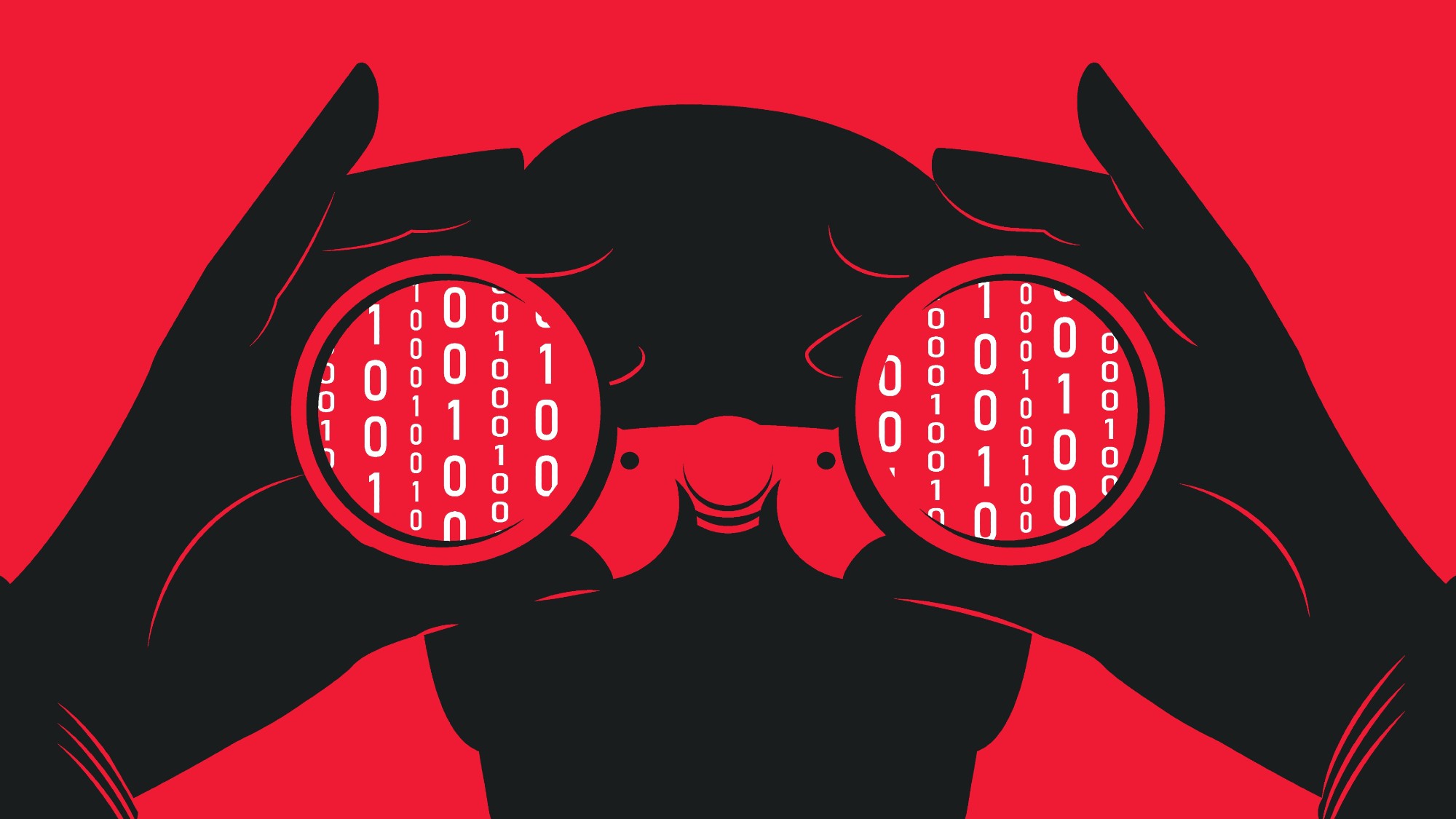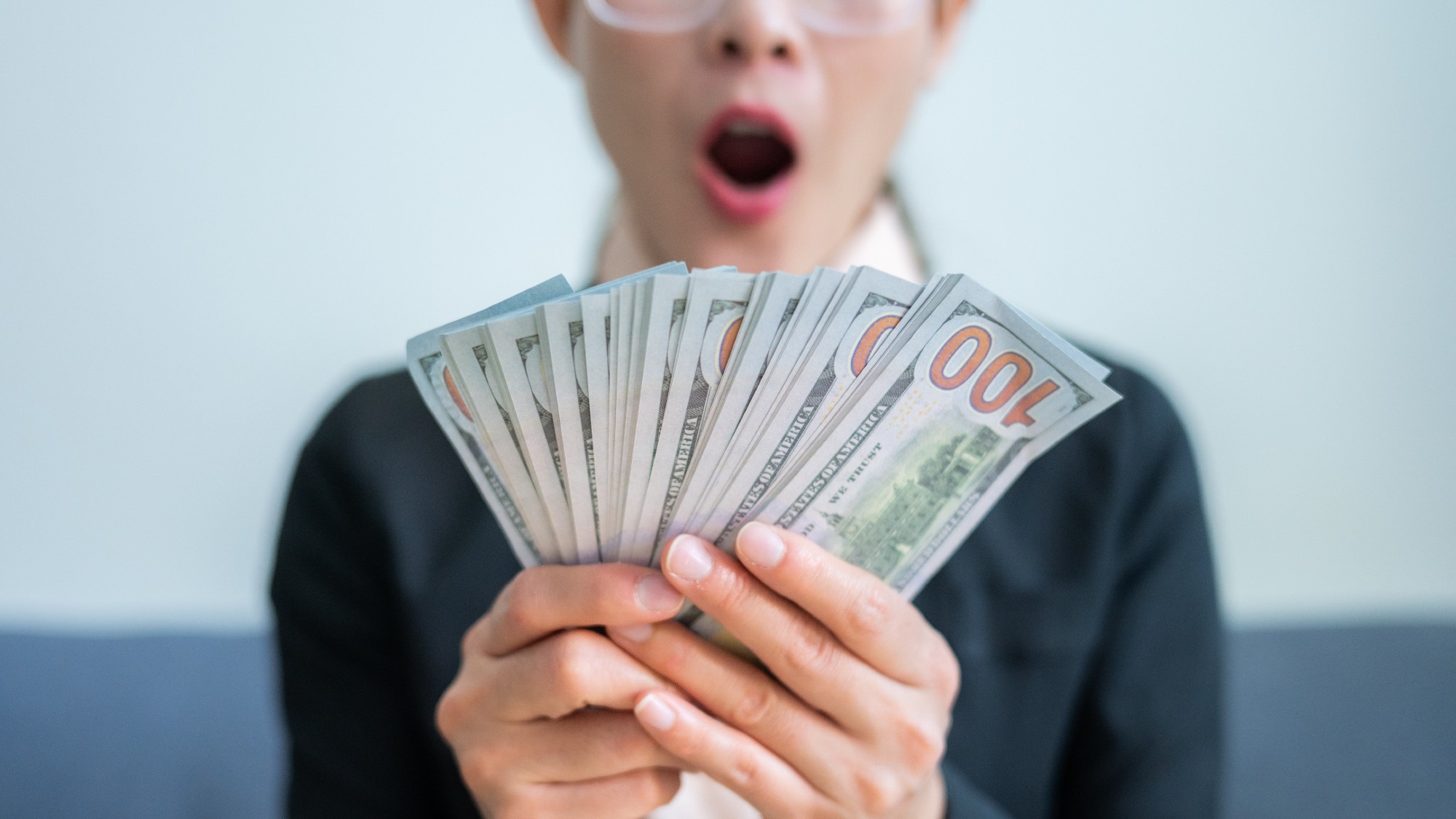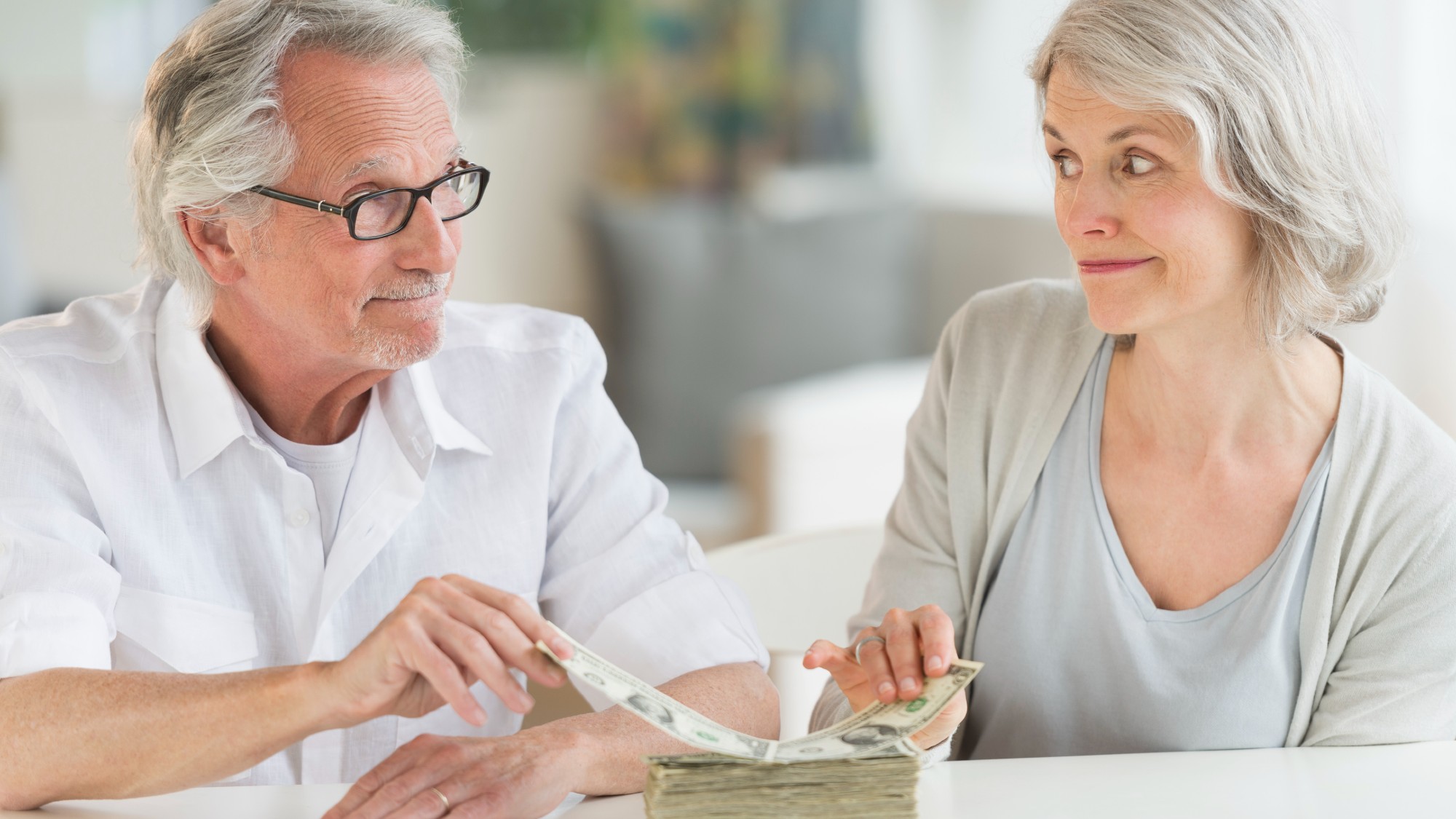What is shrinkflation and why is it happening?
The practice reduces the size of a product without lowering the price — and it's perfectly legal


Have you noticed that product sizes are shrinking while prices stay the same? These days, "everyone from President Joe Biden to Cookie Monster is taking a stand against shrinkflation," said CNBC. In his State of the Union, President Biden made the allegation against Snickers bars, noting that "you get charged the same amount, and you got about, I don’t know, 10% fewer Snickers in it." Meanwhile, the fictional Sesame Street character complained in a post on X, "me cookies are getting smaller."
Their gripes aren't without basis — as it turns out, there is data to back them up. For example, said CNN Business, "OREO Double Stuf Chocolate Sandwich Cookies saw a 6% decrease in size by weight from January 2019 to October 2023, according to a report from Democratic Sen. Bob Casey in December, using Labor Department data."
What is shrinkflation?
Put simply, "shrinkflation is the practice of reducing the size of a product while maintaining its sticker price," said Investopedia. Examples of this, said CNET, include "fewer chips in the bag, or fewer scoops of ice cream in the container" that you are still paying the same price for as when it contained more chips or more ice cream.
The Week
Escape your echo chamber. Get the facts behind the news, plus analysis from multiple perspectives.

Sign up for The Week's Free Newsletters
From our morning news briefing to a weekly Good News Newsletter, get the best of The Week delivered directly to your inbox.
From our morning news briefing to a weekly Good News Newsletter, get the best of The Week delivered directly to your inbox.
While the actual size of the product can decrease with shrinkflation, the phenomenon can also entail lowering products' "weight or quantity as their prices stay the same or even increase," said CNBC. This is why, unless you are weighing each bag of chips you buy, shrinkflation can be difficult to spot — especially since "some companies disguise shrinkflation with a package redesign" such as "adding dents to the bottom of bottles or touting claims of 'lower calories,'" said CNET.
What products are impacted by shrinkflation?
"Certain products tend to be more susceptible to charges of shrinkflation," said CNBC, citing Bureau of Labor Statistics data. The category with "the largest measured price increase change due to shrinkflation from January 2019 to October 2023" was household paper products (think toilet paper and paper towels), which saw a "a 10.3% increase" over that time period.
However, said CNBC, the following categories were also notably impacted by shrinkflation:
- Snacks
- Household cleaning products
- Coffee
- Candy and chewing gum
- Ice cream and related products
Why does shrinkflation happen?
Shrinkflation is effectively a sneaky way for companies to inch up their prices without worrying so much about customers noticing.
A free daily email with the biggest news stories of the day – and the best features from TheWeek.com
"Companies are aware that customers will likely spot product price increases and so opt to reduce the size of them instead, mindful that minimal shrinkage will probably go unnoticed," said Investopedia. In turn, "more money is squeezed out not by lifting prices but by charging the same amount for a package containing a little bit less."
Generally, companies are driven to raise prices either to boost profit margins, or maintain them amid rising production costs.
Is there anything you can do to protect yourself from shrinkflation?
As it turns out, the practice of shrinkflation is perfectly legal — "as long as companies are indicating that there has been a change in size on their package," said CNET. This means that, technically, you can find out if the size of a product you regularly buy has changed in size.
But since that's not always easy to spot, lawmakers are working to change the game. In February, Sen. Bob Casey (D-Pa.) introduced a bill that "empowers the Federal Trade Commission and state attorneys general to crack down on corporations reducing product size without a reduction in price," said CNN Business.
In the meantime, said CNET, perhaps the best line of defense is to "learn the package sizes and per-unit pricing for your favorite products," and then "if you notice that a product has shrunk or reduced the number of included items, consider competitors who offer a similar product at a lower cost per ounce or item." If you're not married to any particular product, you can even take a moment to "compare per-unit prices to see which product provides a better deal."
Becca Stanek has worked as an editor and writer in the personal finance space since 2017. She previously served as a deputy editor and later a managing editor overseeing investing and savings content at LendingTree and as an editor at the financial startup SmartAsset, where she focused on retirement- and financial-adviser-related content. Before that, Becca was a staff writer at The Week, primarily contributing to Speed Reads.
-
 Political cartoons for January 4
Political cartoons for January 4Cartoons Sunday's political cartoons include a resolution to learn a new language, and new names in Hades and on battleships
-
 The ultimate films of 2025 by genre
The ultimate films of 2025 by genreThe Week Recommends From comedies to thrillers, documentaries to animations, 2025 featured some unforgettable film moments
-
 Political cartoons for January 3
Political cartoons for January 3Cartoons Saturday's political cartoons include citizen journalists, self-reflective AI, and Donald Trump's transparency
-
 How to financially prepare for divorce
How to financially prepare for divorceThe Explainer Facing ‘irreconcilable differences’ does not have to be financially devastating
-
 Why it’s important to shop around for a mortgage and what to look for
Why it’s important to shop around for a mortgage and what to look forThe Explainer You can save big by comparing different mortgage offers
-
 4 ways to save on rising health care costs
4 ways to save on rising health care costsThe Explainer Health care expenses are part of an overall increase in the cost of living for Americans
-
 4 ways to streamline your financial life in 2026
4 ways to streamline your financial life in 2026the explainer Time- and money-saving steps
-
 4 tips to safeguard your accounts against data breaches
4 tips to safeguard your accounts against data breachesThe Explainer Even once you have been victimized, there are steps you can take to minimize the damage
-
 Received a windfall? Here is what to do next.
Received a windfall? Here is what to do next.The Explainer Avoid falling prey to ‘Sudden Wealth Syndrome’
-
 How to save more for retirement next year
How to save more for retirement next yearthe explainer Secure yourself a suitable nest egg
-
 Received a gift card this holiday season? Here’s how to maximize it.
Received a gift card this holiday season? Here’s how to maximize it.The Explainer Make the most of your present
